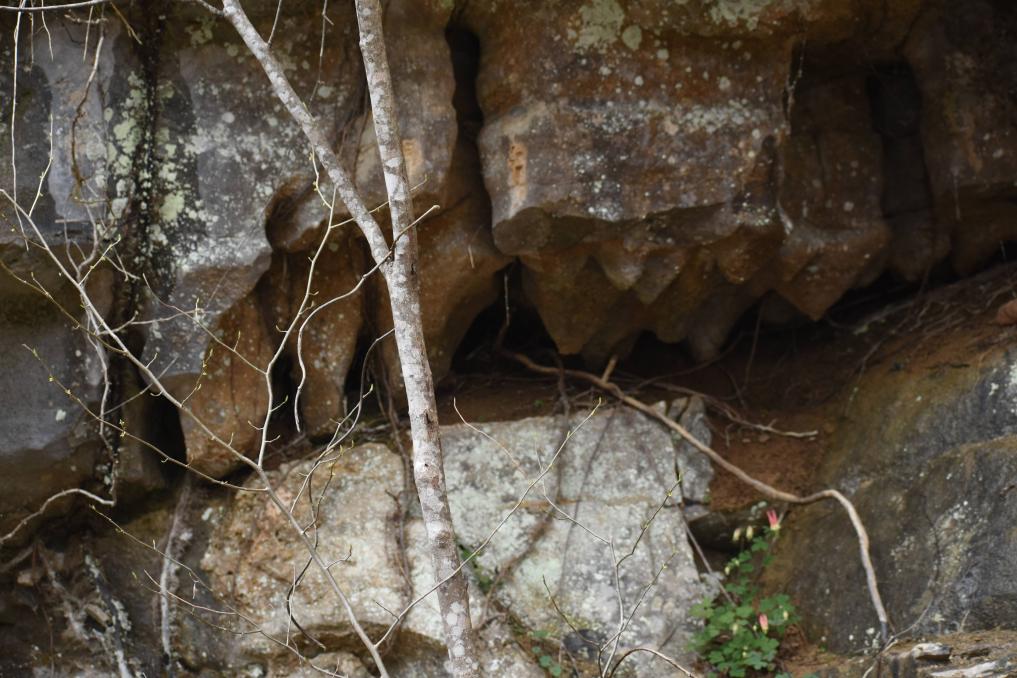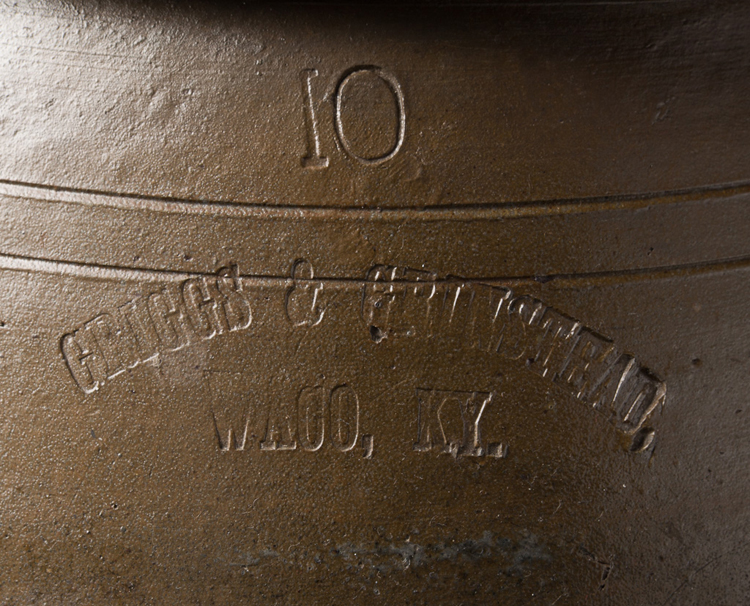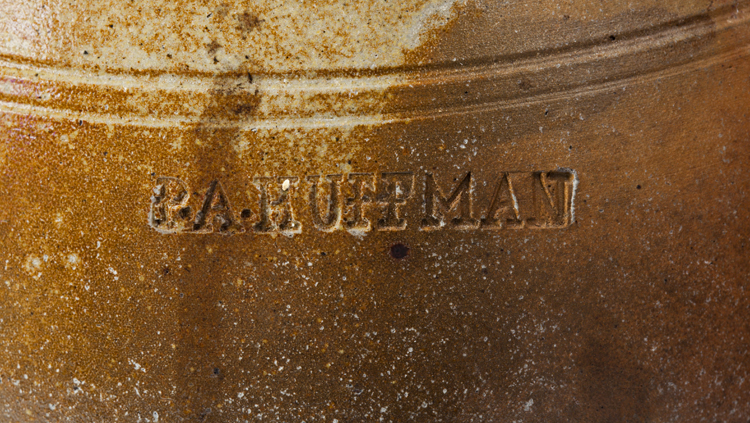Location
If you take a wrong turn, you may just end up in one of these few tiny railroad towns scattered across the rolling hills of Kentucky. Beyond the straight and wide US 27 lies a few communities and towns lost to not only time, but lost to the rest of the world. These few places have interested me for a long while, and since they're so close together I decided to make a blog combining all three of these communities. Firstly, these towns have extensive history, which I will summarize.
Geography
The geography of these areas are moderately hilly, with forests and farmland sprinkled in. Fishing Creek is one of the main creeks that runs through the area, along with Sims Branch. One thing you can notice from driving around is the amount of streams flowing out of the hills and rocks.
Kings Mountain
Kings Mountain is an unincorporated community in Lincoln County KY located along the Norfolk Southern Railway. This covers the history of Kings Mountain.
History
Kings Mountain's history begins in 1873 with the construction of the Kings Mountain Tunnel. This Tunnel was a large construction project that would allow trains to pass through the extensive valley of hills and knobs in the area. This project was not the very beginning of this area's history though. Due to the track only being one lane, a tower was built near South Fork to watch the trains carefully to prevent accidents. The area is believed to be named for the King family, who were one of the first settlers in the area. The area's postal name was "Kingsville", although this eventually changed into "Kings Mountain." The town eventually started booming into a bustling railroad town, and at one point had a hotel, although this information is unknown.
According to local information, due to the tunnel length (9/10ths mile), many people suffocated inside the tunnel due to the fumes from the freight trains. Not only was the deaths enough to scare people off, the work environment was also fairly cruel. Elder J.G Livingston, a man who's history is vague, stated in the late 1800s that “Kings Mountain on the Southern Railway was decidedly the most ungodly and sin-cursed place in the country. At one time over 200 men were engaged in arching the great tunnel at that point. On Livingston’s way there he met a man who advised him to go back home, “You will be mistreated. They killed a man there last Sunday and whiskey flows up and down the streets.”
Not only was Kings Mountain known for it's railroad tunnel, it was also known for it's various industries, including multiple blacksmith shops and at least two wood mills. The “Kings Mountain Echo” was a newspaper about the Kings Mountain area. It contained advertisements from the nearby areas of Waynesburg and Pleasant Point.
There is some information about Kings Mountain at one time being an incorporated town. Town Hall meetings where supposedly held at the "Patterson Building". During this time, the Klu Klux Klan reportedly held public lynchings on top of the railroad tunnel, where multiple African Americans were killed. One incident taking place in Kings Mountain involved a resident throwing rocks at an African American man, then shooting him. This incident was investigated by the local Sheriff and the charges filed against the men are unknown.
As of today, Kings Mountain is full of abandoned buildings, and a really large railroad bridge on Tunnel Creek road, off KY 1778.
Photo Gallery


Waynesburg
Waynesburg is an unincorporated community located south of Stanford. It is also located along the Norfolk Southern Railway. This covers the history
History
Waynesburg's history dates back all the way to the early 1800s. In fact, the town was named after a Revolutionary Army General, "General Anthony Wayne." During the early days of the town, the mail was carried by the famous Pony Express. Eventually a mail route was established. The post office was reportedly moved a total of eight times. In 1907, the Waynesburg Deposit bank was built, and the building is still visible today, though in poor condition. Waynesburg was a town that was bustling with industry at one time, having a total of three factories: a canning factory, a mill, and a Delco Plant.
Waynesburg also had a school, although I do not know the exact location, I do believe that it's on Pond School road. I was able to get several photos of the chimney that is still standing from the fallen school house. Around the time this school as built, the Civil War was ongoing still, and this is where Waynesburg civil war history and involvement shows. In November 1863, a stop by the Union Army in Waynesburg ended in 13 men being recruited to the 49th Regiment of the Kentucky Infantry. The 49th Regiment's role in the Civil War is very obscure, but there is evidence that they set up a camp in Burnside, a nearby city in Pulaski County. Despite the majority of major combat ending in the state, war was still raging in the bluegrass. Two of the 13 men rose above the rank of private during the war. All of the soldiers from Waynesburg survived the war.
Photo Gallery
McKinney
McKinney is a census designated place in Lincoln County KY, east of Hustonville. It has an extensive history dating back to the 1700s. This covers the history. It is a small town with a population estimated around 135.
History
McKinney's history is by far one of the most interesting I've heard about. McKinney's history starts way back in the days of the Cumberland Trace. McKinney was named "McKinney's Fort" during this time. As settlers made their way into Kentucky from the east, McKinney was one of the settling locations. During the expansion west, the natives were disturbed and attacked the settlers. Due to this attack from the natives, the settlers built forts, and one of those forts included McKinney.
Archibald McKinney was the original founder of the town, he was granted land from his service in the revolutionary war, and this is where the history of McKinney begins. Originally McKinney's fort consisted of four log cabins, and a stockade. During this time, Logan's Fort (present day Stanford) was also ramping up their defense and colonization. Later on in the town's life span it became known as McKinney's Station, then eventually just McKinney as it is known today.
This is not where McKinney's history ends though. On a cold December night in 1966, a B58 plane crashed in a field near Short Pike Road, in between McKinney and Hustonville. The loud crash woke up many residents of the town. The B58 was the world's first super sonic bomber. It is believed that the pilot(s) of the aircraft perished in the crash. The plane likely came from Richmond, and was on a training flight. Oddly the historical marker for the crash site is listed on official KY history websites, but upon visiting the crash site I could not find it.
Today, McKinney has a diner (The McKinney Depot) and an elementary school. It's Main Street is cracking and old, but it's masonic lodge is still standing, and potentially still in service.

Photo Gallery























